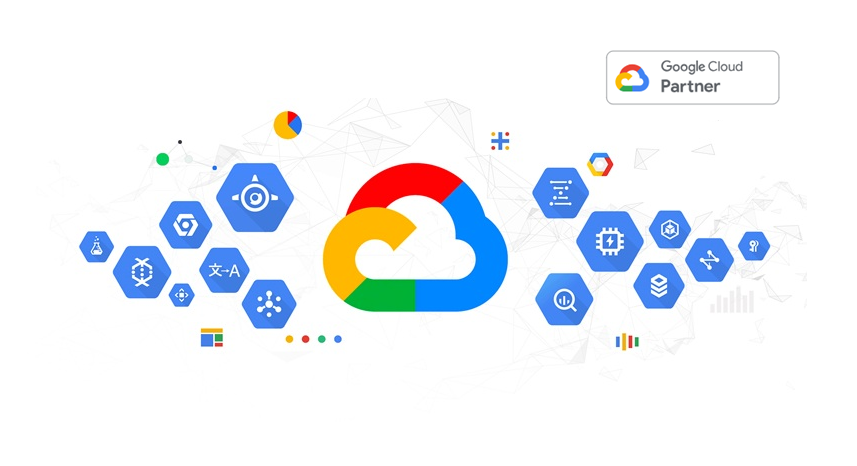Module 1 - Introduction to Google Cloud
Use the Google Cloud Console
Use Cloud Shell
Define Cloud Computing
Identify Google Cloud Compute Services
Understand Regions and Zones
Understand the Cloud Resource Hierarchy
Administer your Google Cloud Resources
1 lab and 1 quiz
Module 2 - Containers and Kubernetes in Google Cloud
Create a Container Using Cloud Build
Store a Container in Container Registry
Understand the Relationship Between Kubernetes and Google Kubernetes Engine (GKE)
Understand how to Choose Among Google Cloud Compute Platforms
1 lab and 1 quiz
Module 3 - Kubernetes Architecture
Understand the Architecture of Kubernetes: Pods, Namespaces
Understand the Control-plane Components of Kubernetes
Create Container Images using Cloud Build
Store Container Images in Container Registry
Create a Kubernetes Engine Cluster
1 lab and 1 quiz
Module 4 - Kubernetes Operations
The Kubectl Command
Work with the Kubectl Command.
Inspect the Cluster and Pods.
View a Pod’s Console Output.
Sign in to a Pod Interactively.
2 labs and 1 quiz
Module 5 - Deployment, Jobs, and Scaling
Deployments
Ways to Create Deployments
Services and Scaling
Updating Deployments
Rolling Updates
Blue/Green Deployments
Canary Deployments
Managing Deployments
Jobs and CronJobs
Parallel Jobs
CronJobs
Cluster Scaling
Downscaling
Node Pools
Controlling Pod Placement
Affinity and Anti-Affinity
Pod Placement Example
Taints and Tolerations
Getting Software into your Cluster
3 labs and 1 quiz
Module 6 - GKE Networking
Introduction
Pod Networking
Services
Finding Services
Service Types and Load Balancers
How Load Balancers Work
Ingress Resource
Container-Native Load Balancing
Network Security
2 labs and 1 quiz
Module 7 - Persistent Data and Storage
Volumes
Volume Types
The PersistentVolume Abstraction
More on PersistentVolumes
StatefulSets
ConfigMaps
Secrets
2 labs and 1 quiz
Module 8 - Access Control and Security in Kubernetes and Kubernetes Engine
Understand Kubernetes Authentication and Authorization
Define Kubernetes RBAC Roles and Role Bindings for Accessing Resources in Namespaces
Define Kubernetes RBAC Cluster Roles and ClusterRole Bindings for
Accessing Cluster-scoped Resources
Define Kubernetes Pod Security Policies
Understand the Structure of IAM
Define IAM roles and Policies for Kubernetes Engine Cluster Administration
2 labs and 1 quiz
Module 9 - Logging and Monitoring
Use Cloud Monitoring to monitor and manage availability and performance
Locate and inspect Kubernetes logs
Create probes for wellness checks on live applications
2 labs and 1 quiz
Module 10 - Using Google Cloud Managed Storage Services from Kubernetes Applications
Understand Pros and Cons for Using a Managed Storage Service Versus Self-managed Containerized Storage
Enable Applications Running in GKE to Access Google Cloud Storage Services
Understand Use Cases for Cloud Storage, Cloud SQL, Cloud Spanner, Cloud Bigtable, Cloud Firestore, and BigQuery from within a Kubernetes Application
1 lab and 1 quiz
Module 11 - Logging and Monitoring
CI/CD overview
CI/CD for Google Kubernetes Engine
CI/CD Examples
Manage application code in a source repository that can trigger code changes to a continuous delivery pipeline.
1 lab


